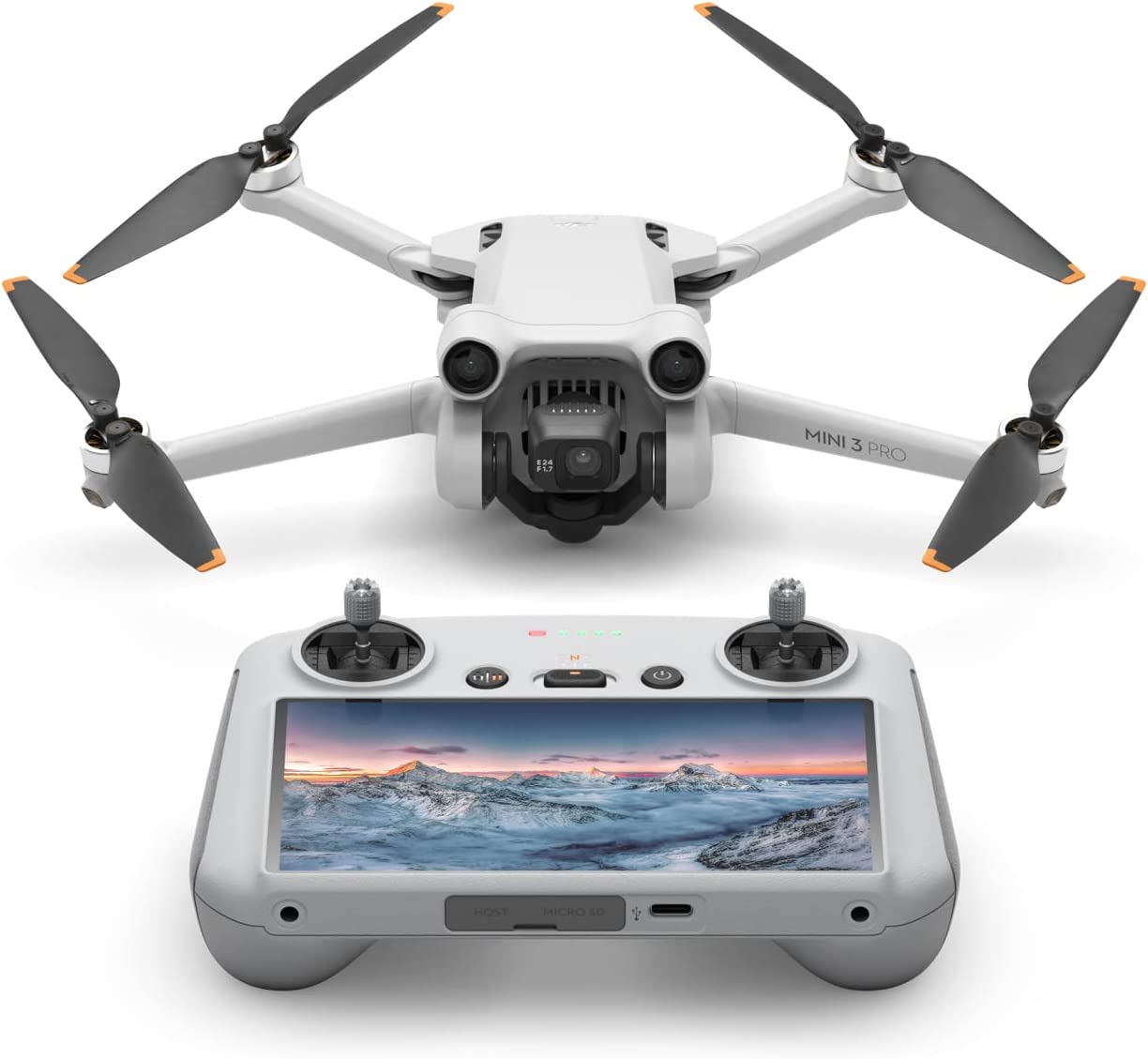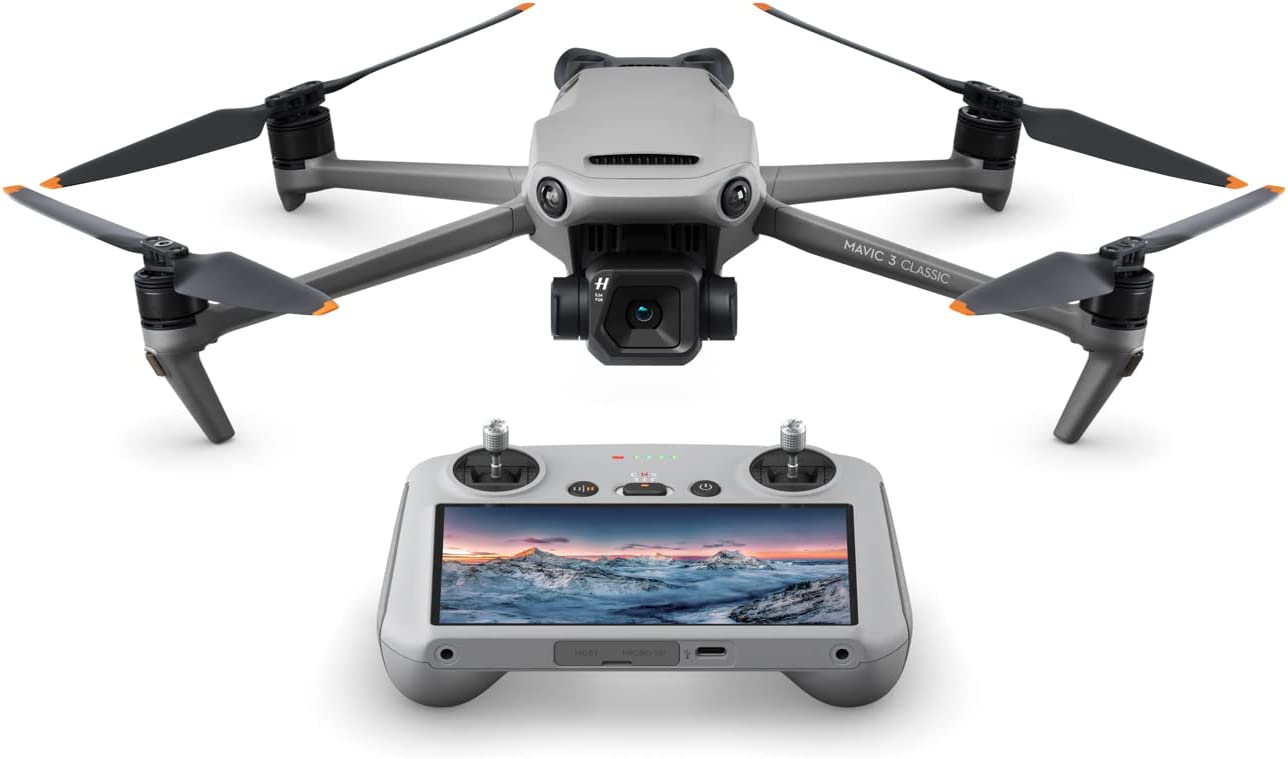|
Great performance! DJI Mini 3 Pro
Autonomy: 30-40 minutes |
For professionals! DJI Mavic 3
Autonomy: 40 minutes |
The use of drones has become very widespread and has increased over the last few years, both at home and professional level. The ability to capture high-resolution, moving, and stable images from a point of view that would otherwise be impossible is the key to its success. For this reason, today we want to talk to you about two drones that, despite being from the same brand, are in direct competition: DJI Mini 3 Pro vs DJI Mavic 3.
If you are a fan of advanced technology, you will surely know DJI, a brand of Chinese origin that has managed to position itself as one of the great references in audiovisual technology. One of its star segments is drones, a device used by more and more professional photographers. And it is not for less, because the brand has two series of super interesting high-end drones: Mini and Mavic.
But do you know what their most important differences are? One of them is the size, and that is that the Mini series is not called that by chance. To give you an idea, the DJI Mavic almost triples the volume of the Mini Pro. It also has a faster climb speed and a longer range, although it is necessary to know the differences in detail to know to what extent you are more interested in one option than other. And, for this, we have prepared this comparison by analyzing two of the most interesting models in the range. Go ahead and read it to the end!
DJI Mini 3 Pro vs DJI Mavic 3 – Comparison Table
If you are looking for a drone and want to know how these two DJI models differ, take a look at this comparison table:
DJI Mini 3 Pro
|
DJI Mavic 3
|
|
| Dimensions | 145 × 90 × 62 mm | 221 × 96,3 × 90,3 mm |
| Takeoff weight | 249 grams | 895 grams |
| Maximum climb speed | 5 m/s | 8 m/s |
| Maximum descent speed | 5 m/s | 6 m/s |
| Horizontal speed | 16 m/s | 21 m/s |
| Maximum altitude | 4000 meters | 6000 meters |
| Flight time | 34-47 minutes | 46 minutes |
| Hover time | 30-40 minutes | 40 minutes |
| Maximum distance | 18-25 km | 30 km |
| Wind resistance | 10.7 m/s | 12 m/s |
| Inclination angle | 40º | 35º |
| Temperature range | From −10 to 40 °C | From −10 to 40 °C |
| Battery duration | 4-6 hours | 4-6 hours |
| Camera sensor | 48 MP | 20 MP (Hasselblad) + 12 MP (telecámara) |
| Field of view | 82.1º | 84th |
| Maximum image size | 8064 × 6048 pixels | 4000×3000 pixels |
| Stabilization | 3 axis | 3 axis |
| Transmission system | DJI 03 | DJI O3+ |
| Bluetooth | 5.2 | 5.2 |
| Battery capacity | 2453 mAh | 5000 mAh |
| Loading time | 56-64 minutes | 96 minutes |
| Mobile app | DJI Fly | DJI Fly |
Size is one of the big differences
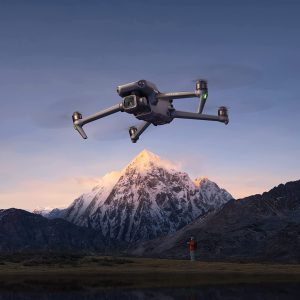
As its name suggests, the DJI Mini 3 Pro is a small drone, and the difference from the Mavic 3 is more than clear. Folded up, the DJI Mavic 3 is nearly twice the size of the DJI Mini 3 Pro, and nearly triples its weight.
In addition, the design also changes, since the Mini 3 Pro is a white drone, while the Mavic 3 is gray, and has a slightly smaller body compared to the size of the propellers.
What speed and altitude do they reach?
The speed of drones is one of the most important qualities when deciding which drone to buy, because the final result of the images taken depends on it. In the case of the DJI Mini 3 Pro, both the ascent speed and the descent speed are the same, 5 meters per second. On the other hand, the DJI Mavic 3 reaches a maximum ascent speed of 8 m/s, and 6 m/s in the descent speed. And if we look at the horizontal speed, it is 16m/s on the Mini 3 Pro and 21m/s on the Mavic 3.
Just as the speed is different, so is the maximum altitude they can reach, which is 4,000 meters for the DJI Mini 3 Pro, and 6,000 meters for the DJI Mavic 3.
However, despite these differences, we must admit that we were surprised to see that the time during which they can maintain the flight is very similar, and is around 45 minutes in both cases. The stationary flight, that is, the one in which the drone is stopped, ranges between 30 and 40 minutes in each model.
Distance they can travel
Another important issue to take into account is what is the maximum distance they can travel, and it is one of the factors where there is the most difference. This is due, in large part, to the size, since the DJI Mavic 3, being larger, is capable of traveling more kilometers. Specifically, a maximum of 30 kilometers, far from the 18-20 kilometers that the DJI Mini 3 Pro can travel.
For its part, the resistance to wind is also different, although in this case the variation is much less. The DJI Mini 3 Pro can withstand up to 10.7 m/s of wind, while the DJI Mavic 3 pushes it up to 12 m/s.
Image quality and resolution
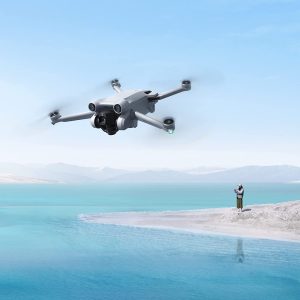
The type of cameras that each drone includes is, perhaps, the most important thing to decide which one to stay with, and between these two there is a curious situation. The DJI Mini 3 Pro has a single camera whose sensor is 48 MP, which can record 4K videos at 60 fps, and with an f/1.7 shutter aperture. In this case, the maximum size of the images you can capture is 8064 × 6048 pixels.
Logic would lead us to think that the DJI Mavic 3 would exceed these data, but we find that, in this case, the maximum size is 4000 x 3000 pixels. This is because, in this drone, we find two cameras, but with a lower resolution than the only camera of the Mini 3 Pro.
Specifically, it has a 20 MP Hasselblad camera and a 12 MP telecamera. It can also record in 4K at 60fps, but the images are smaller in size, even though it doesn’t have a Hasselblad camera. However, to be honest, the maximum size of the Mavic 3 is more than enough for professional use. As for the field of view, it is slightly wider on the Mavic 3.
Sensor suite
If we analyze which are the sensors that each drone incorporates, we verify that the DJI Mini 3 Pro has ToF and APAS 4.0 rear, front and bottom vision sensors, with which it can detect obstacles in 3D. For its part, the DJI Mavic 3 updates the version of this sensor to APAS 5.0, although in practice, there are few differences.
Transmission system and range
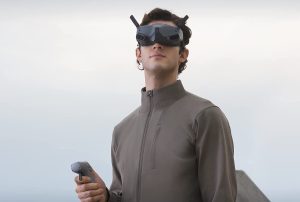
Another element that we can look at to evaluate which drone to buy is the transmission system, which directly influences the transmission range. This parameter determines the maximum distance at which you can receive and transmit video signals. The DJI Mini 3 Pro has the DJI O3 transmission system, which gives it a range of about 12 kilometers. The DJI Mavic 3 raises it slightly, thanks to the O3+ system, with which the transmission range rises to 15 kilometers.
Battery: duration and capacity
Lastly, we look at the difference when it comes to battery life between the two drones. The DJI Mini 3 Pro has a 2453 mAh battery, compared to the 5000 mAh battery in the DJI Mavic 3. However, both have a similar battery life, ranging from 4 to 6 hours. However, the DJI Mavic 3 battery takes longer to charge, almost 100 minutes, compared to about 60 minutes for the Mini 3 Pro.
DJI Mini 3 Pro vs DJI Mavic 3: Which drone do we keep?
Now that we have analyzed in detail the characteristics of both drones, it is time to choose which one we would stay with. As we always tell you, this only depends on you. However, to be honest, we were very positively surprised by the excellent performance of the DJI Mini 3 Pro. Being so compact, we thought it would have less range and lower image quality than it does. In fact, we are quite surprised that the quality is comparable to that of the Mavic 3, we did not expect such a big difference in the maximum resolution of the camera sensor.
We’ve also come to the conclusion that just because it’s smaller doesn’t mean it’s worse; in fact, it is easier to transport. On the other hand, the differences in terms of maximum flight speed, distance and altitude favor the Mavic 3, although they do not seem as important to us as one might expect. In addition, it has a price around 40% lower, which also influences the purchase decision.
Of course , the DJI Mavic 3 is the option that we recommend if you are a more professional photographer, because the image quality of the Hasselblad camera is quite difficult to beat. On the other hand, if you are a more amateur profile, the DJI Mini 3 Pro is a great cheaper alternative.

